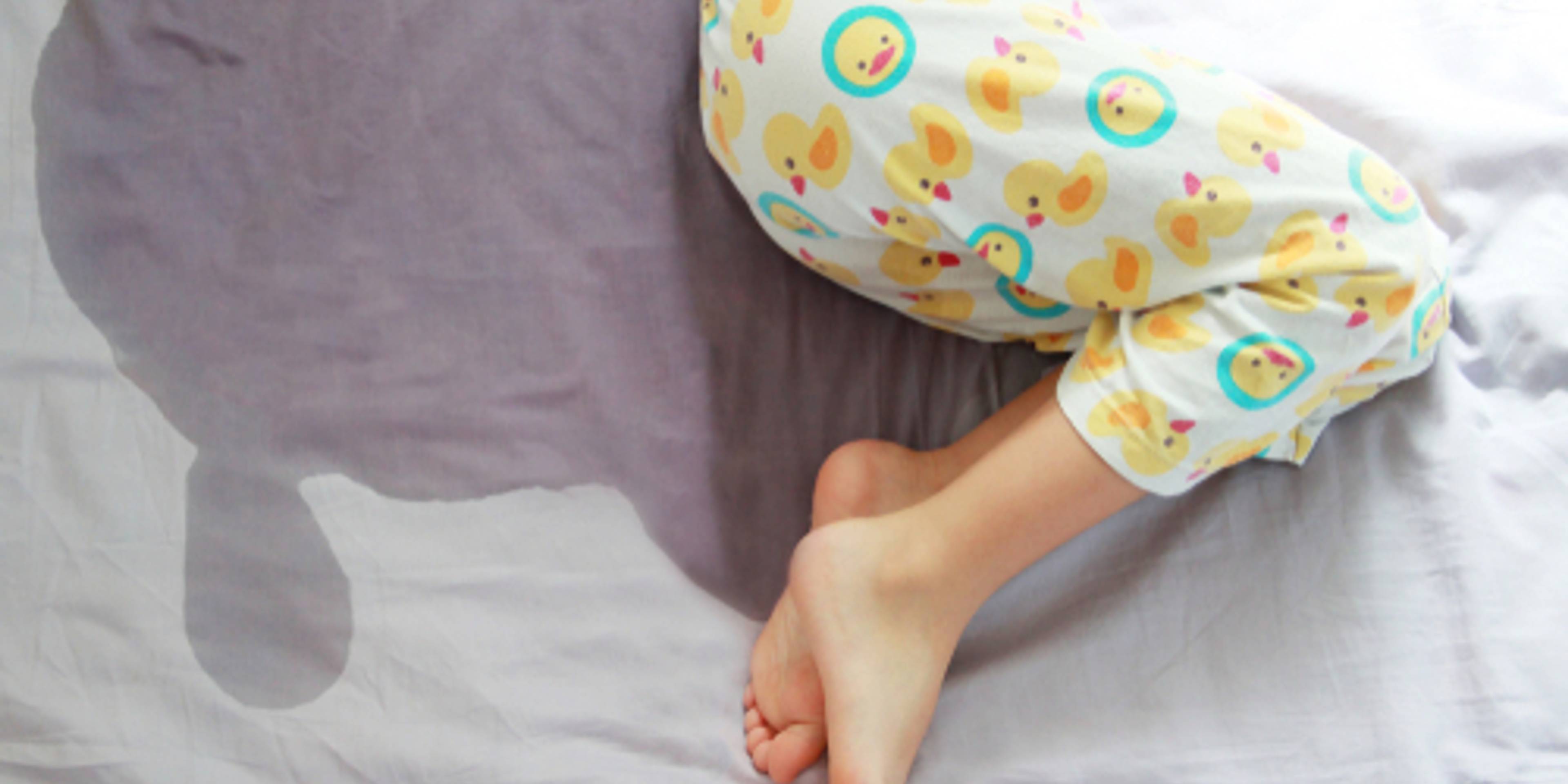July 02, 2022
How can I talk to my teenage daughter constructively about the clothes that she chooses to wear?

Just wondering if you have done any work on advising parents about how to talk to their teenage daughters on the matter of clothes? Corset tops appear popular at the moment. I have tried to advise my daughter that they are basically underwear and are normally worn under clothes, but this is difficult to get across. We are not letting her buy them but, as she approaches 18, I want to give her the skills to judge things like this more wisely.
First of all, you have my sympathy in dealing with this issue. The question you pose is not an easy one to grapple with, and I know for sure that it is a question on other parents’ minds too as summer approaches. Everyone wants their child to grow up to be independent, self-assured and body confident, but also to stay safe. So, your intentions in both raising this question and wanting to explore optimal ways for talking to your teen about her clothing choices, are well-placed and timely.
First of all, you have my sympathy in dealing with this issue. The question you pose is not an easy one to grapple with, and I know for sure that it is a question on other parents’ minds too as summer approaches. Everyone wants their child to grow up to be independent, self-assured and body confident, but also to stay safe. So, your intentions in both raising this question and wanting to explore optimal ways for talking to your teen about her clothing choices, are well-placed and timely.
Let’s start with what we can all agree on: fashion and clothing choices can be incredibly important tools when it comes to creative self-expression, amplifying individuality as well as facilitating a sense of belonging typically craved by teenagers. You will often see young people converge around particular fashion choices and wear similar items on nights out, for example.
However, the unfortunate truth of the matter is that, for girls and women, one’s choice of clothing needs consideration. This is due to the fact that their choices may sadly elicit responses from others that require a great deal of maturity to navigate.
In an ideal world, we would all wear whatever we want, but the truth is: the things we wear on our bodies can be powerful social tools. Our choice of clothing can elicit physical and emotional responses in others. Clothes can tell a story, evoke comment, draw assumptions or be interpreted as reflective of values that we don’t necessarily hold. Our clothing constitutes one of the most visible aspects of our demeanour and can therefore draw judgement, hostility, and/or unwelcome attention. Every young tween and teen needs to know these facts so they can choose their clothes consciously and in anticipation of a variety of responses that they might unwittingly elicit.
Our job is to try to encourage self-expression, whilst educating them to consider societal and personal responses to their clothing choices. The key question is, how can we inform our girls in ways that develop empowerment and agency over this process?
The Everyone’s Invited movement, which ignited a national debate on sexual harassment and sexual violence against women, is one that your teen will likely be familiar with. So, it can be a good springboard for conversations about general societal truths and the sexual opportunism that might pop up in certain contexts and interactions. A discussion of this nature can also help your daughter to develop some empathy for your position and understand why you are raising these concerns.
Over 50,000 testimonies were collected by the Everyone’s Invited website, revealing that young women, in particular, are regularly subjected to a whole host of unwelcome behaviours and intrusions, such as groping, harassment, demands for nude images, up-skirting, and the rest! These testimonies were frequently things that happened in school settings. A great deal of research exists to prove that these behaviours are also endemic within our wider society.
This means that we have to concomitantly educate our children to wider truths, whilst helping them to find ways of expressing themselves that will hopefully not engender inappropriate, unwanted or criminal responses from others. In sharing what we know about street harassment, we tell our children the truth and can work towards giving them a range of tools to manage situations as they arise. “How would you manage someone staring at you or talking to you in an unsolicited way in the street?” “What steps can you take if someone makes you feel uncomfortable or comments on your clothing or how you look?” We aren’t trying to frighten our teens, but to increase their level of awareness, realism and to give them social scripts and tools that can boost a sense of empowerment. It is up to parents on an individual basis to weigh up how much to say, how to say it, and the tone and timing of such conversations, but I think not having such chats can, dare I say, put young women at greater risk.
A little bit of planning ahead can potentially ease any emotionally fraught conversations on the doorstep about clothing choices. If your daughter comes downstairs in skimpy clothing to head out for the evening, a shocked response or demanding that she isn’t going anywhere wearing that, won’t be constructive.
Consider having the chat a few days before. “Are you looking forward to your night out? Have you thought about where you are going and what you might wear?” I think it is important for any young woman to become aware of choices within context. If she is going to a friend’s house, that might merit a different clothing choice to heading into the city centre. The emphasis might be on how she can enjoy herself, but also stay safe, so that you sound like a keen supporter, rather than a party pooper. Help her to understand your perspective. “I really want you to enjoy yourself, but I also need to feel reassured that you have considered things like the surroundings and who might be there, as well as how you might get home and the type of party it is”.
Broader discussion about risk, staying safe and some acknowledgement of the ‘safety work’ that girls and young women embark on when going about their business, are necessary and important chats to have. Safety work includes things like pretending to be on the phone, choosing a particular seat on a bus to reduce risk, and avoiding doing what we actually want to do for fear of our safety. I would suggest that such chats take place over time and in small chunks within family life. Whether you have teen boys or girls, everyone should be outraged and annoyed that women don’t feel as safe doing the things that men might take for granted. A midnight run in the park isn’t something a young woman can do without some consideration for safety; a fact of life.
I think it is worth acknowledging that we all want to feel good and, at particular stages of our lives, feel attractive too. However, I think we need to encourage our children to think about what constitutes positive or negative attention. If someone ‘sees’ you because of the length of your skirt rather than your personality, are they really someone you want to spend time with? As a parent, I think it is reasonable to express to our children that we only wish for others to get to know them and enjoy their company; clothing that distracts from who they are as a person can be problematic. The messaging might be along the lines of: “I want people to see you rather than your clothing. Can you understand that?” or “I am concerned those clothes make you stand out in ways that mean it will be harder for you to decipher who is really interested in you”.
Your daughter is on the cusp of adulthood and as you rightly state, all you can do is educate, inform and support her to make good decisions for herself. For those parenting much younger children, we may need to be slightly more authoritative. With children and tweens, the sort of corset or bra top that you describe above can be extremely problematic. Why? Well, we live in a sexualised society and we know that girls have historically been harassed in the street by those who may misinterpret cues, signs or even the age of a child.
Most women can tell a story about unwanted street attention or harassment as a child or young adult. By sharing your own stories and experiences with your child, it can help them to develop awareness and empathy for your position, as well as some strategies for managing similar experiences.
We can help younger girls to make clothing choices that are expressive, but also appropriate for their age and stage. When our children are younger, we tend to buy clothing for them, so I would suggest that we are entitled to have a say. It is perfectly reasonable to say, “It is important that we choose clothing that is appropriate for different occasions” or, “When we choose clothes, we have to find a balance between what we want to wear and how others might interpret that”. We can reassure our children that, as they grow, they will be able to make much more independent decisions about their clothing. but that it is our duty to ensure that we take steps to reduce the chances of unwanted interaction when out and about.
More Parenting Questions

Jun 23, 2025
There was an attempted abduction locally. How can I support my child?
It might not feel like it right now, but it’s worth knowing that stranger abductions of children are extremely rare. In the UK, there are around 500–600 reports of child abduction each year, but the vast majority are attempted rather than successful, and many are later reclassified as misunderstandings, rather than genuine abductions.

Jun 17, 2025
My daughter (aged 10) has broken up with a friend. How can I help her?
It is the hardest experience as a parent, watching our children muddle their way through friendships, knock backs, being included then excluded, invited to parties and then kept at bay. We have all been there and it can feel emotionally painful and sad.

Mar 20, 2025
Help! My five year old is wetting the bed at night. What can I do?
You're not alone! Nocturnal enuresis, or bedwetting, is common in young children. We've asked paediatrician, Dr Christine Riyad, for advice.

Mar 17, 2025
My 10 year old is experiencing big emotions. Do you have any advice?
We've asked Dr Sophie Nesbitt, Consultant Child Psychologist, for her top tips.

Feb 12, 2025
Is it ok for my four year old to still use a dummy?
It's completely natural to feel concerned when your child continues using a pacifier or sucking their thumb beyond the toddler years. We've asked paediatrician, Dr Christine Riyad, for advice.

Dec 31, 2024
My son wants to buy his girlfriend an 18th birthday present. Help!
Give yourself a pat on the back as your teen is asking YOU for advice. It is a sign that there is good communication between you, and that he sees you as a source of knowledge! I think his question is a wonderful one. Why? Because it shows he values the relationship, recognises the importance of a milestone birthday and knows that gift-buying is not a simple activity.

Dec 18, 2024
What do we need to consider when thinking about hiring a tutor?
Private tutoring can be a great way to support your child's education, but finding the right person can also feel overwhelming. The tutoring industry is largely unregulated in the UK and so it can be challenging to know where to start or what to look for.

Oct 22, 2024
My 11 year old daughter is always hungry. Should I be concerned?
This is a common concern for many parents. Engaged and attentive parents are generally mindful of their child’s relationship with food. This is not surprising given the shameful narrative surrounding the idea of being overweight or obese, and the association that is often made that this is linked to neglectful parenting.

Jun 03, 2024
How can I best support my son with changes to his class next year?
Firstly, it is normal to worry about changes that lie ahead for our children and to worry about their ability to cope. You aren’t alone. The start of a new academic year is always full of changes to school life. New classrooms perhaps? Timetables? Teachers, pupils, curricula, canteen menus? You sound like you are holding a lot of anticipatory anxiety about the changes that are forthcoming. These changes have likely been explained to you by the school, and perhaps you still feel fearful?

Apr 22, 2024
How can I support my teen through a break up?
Early teen romances can certainly feel exciting and exhilarating but most are also short-lived, and supporting our children through them is something we will likely have to do several times over the years to come. Here are some tips to help you to support your daughter.